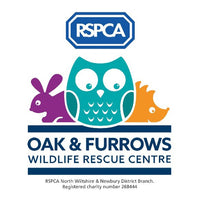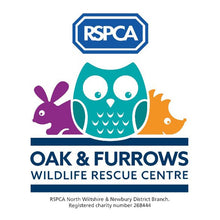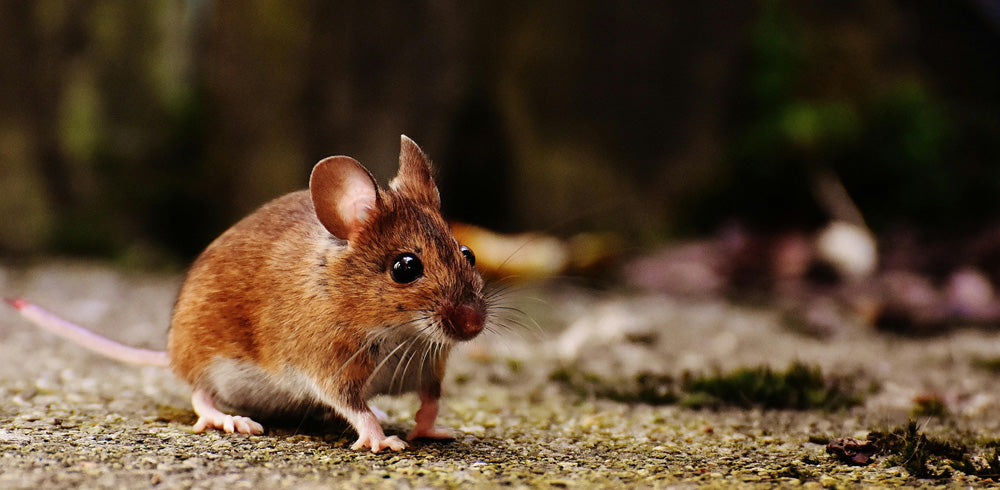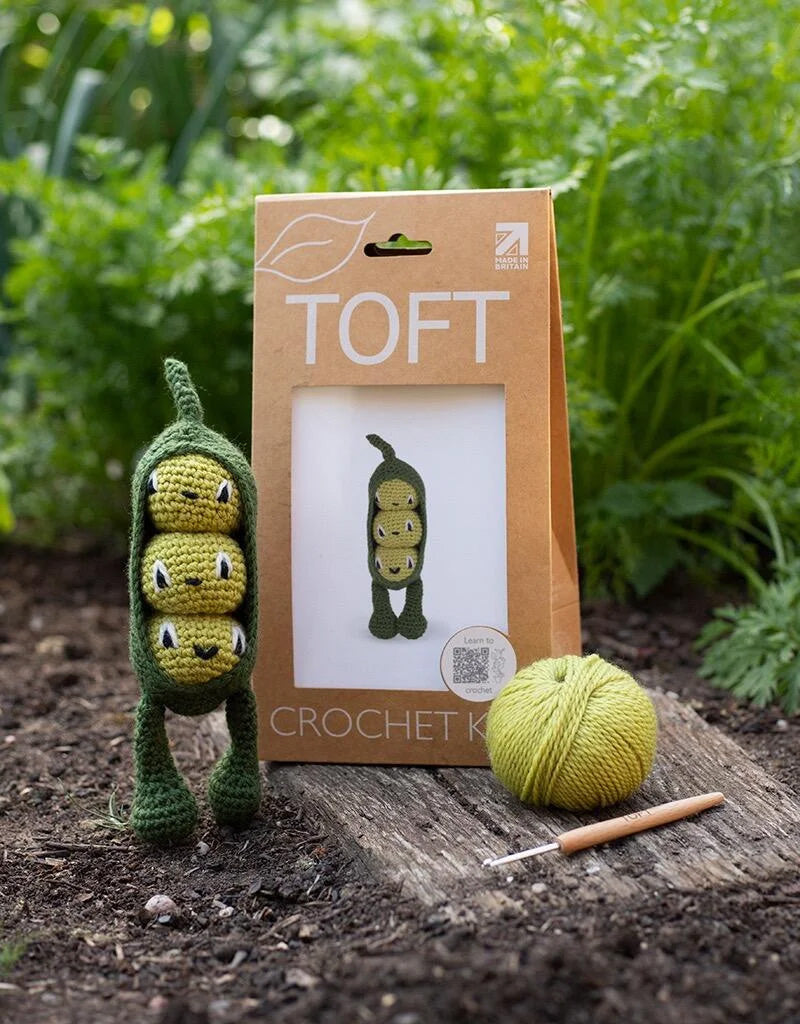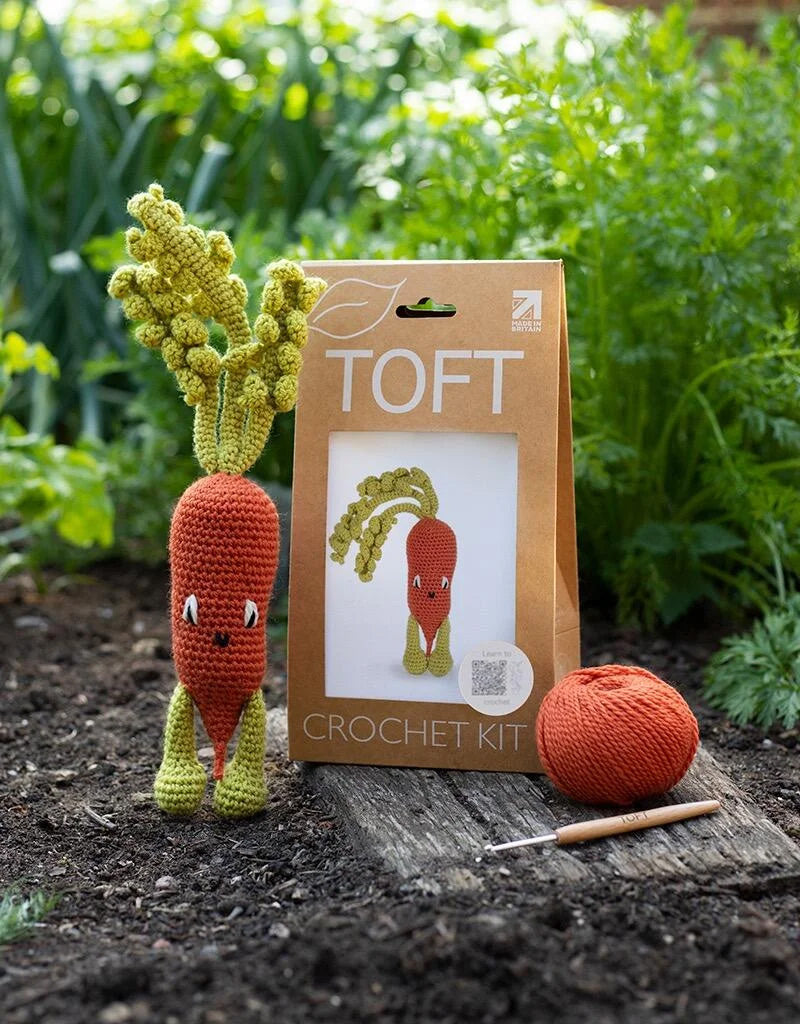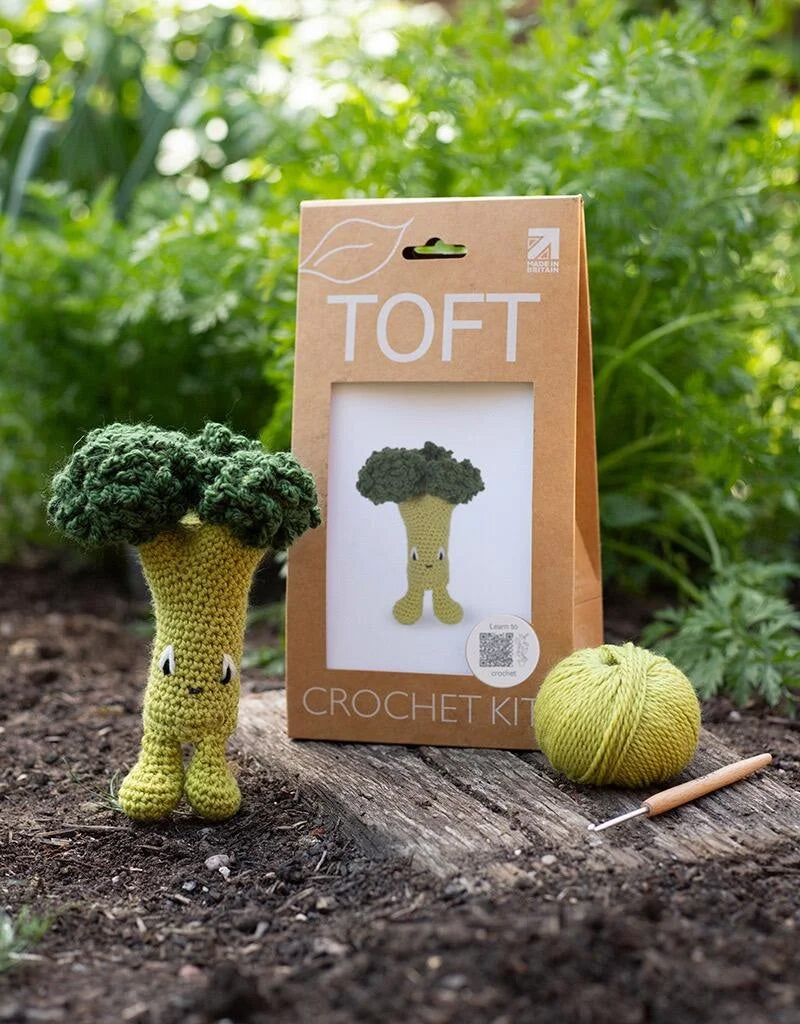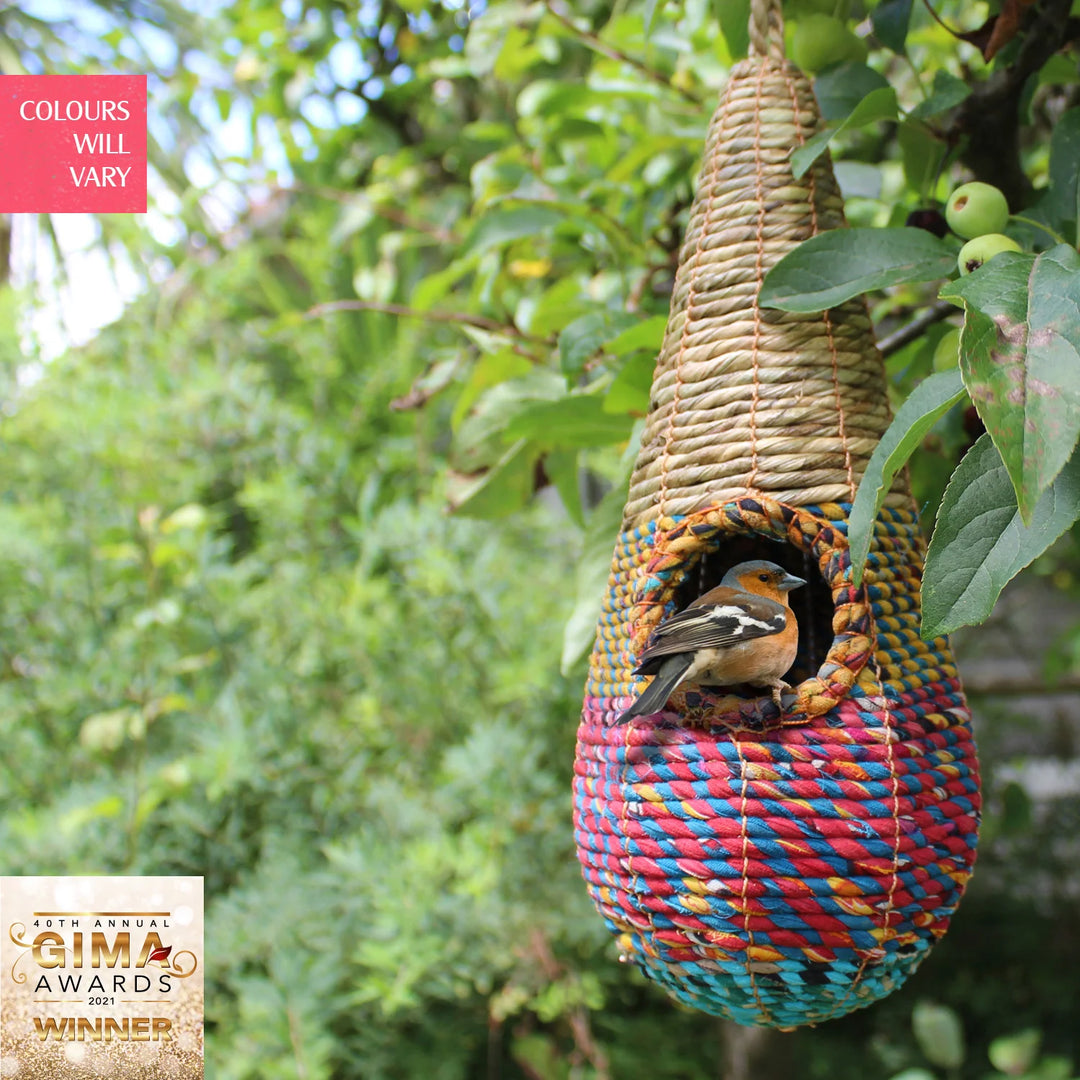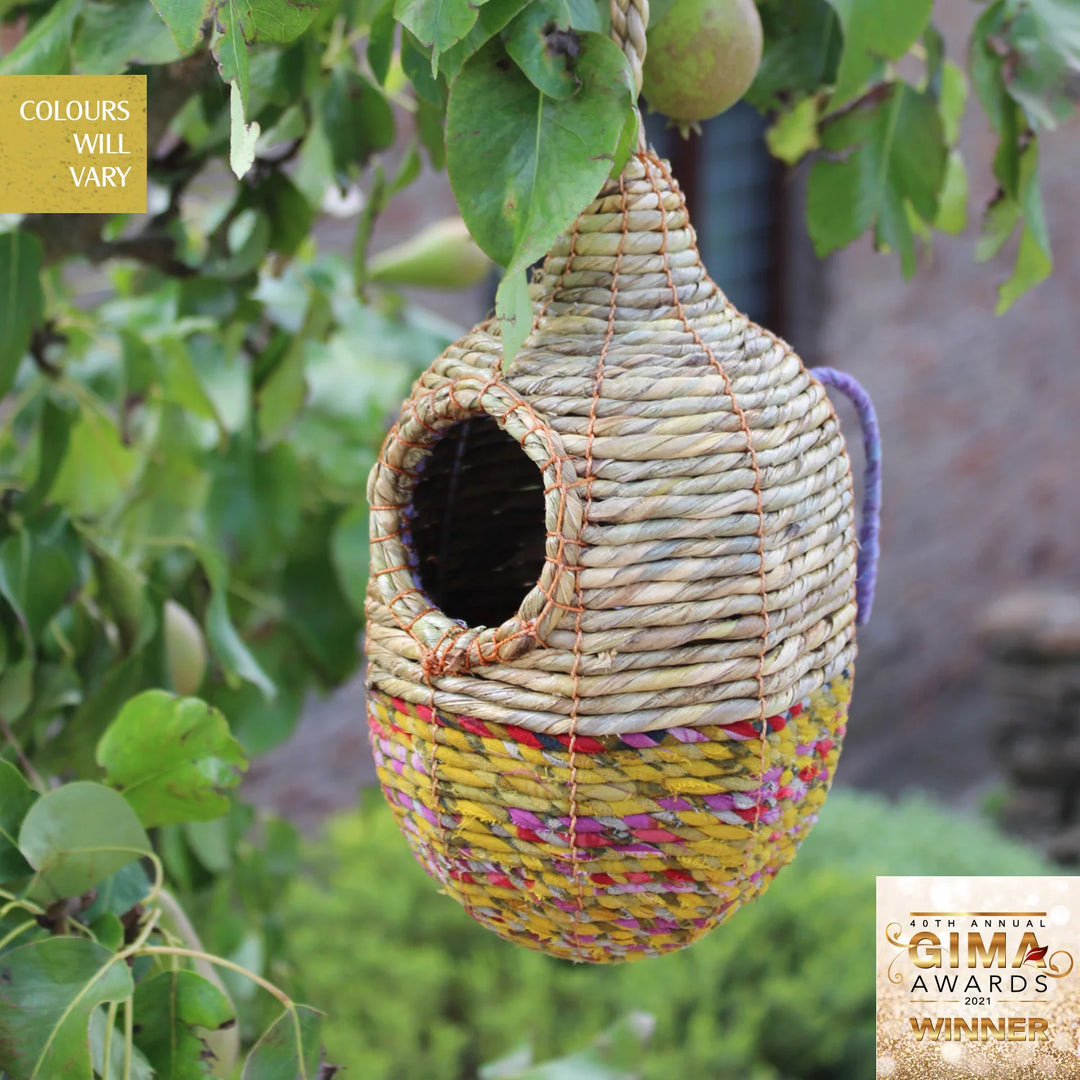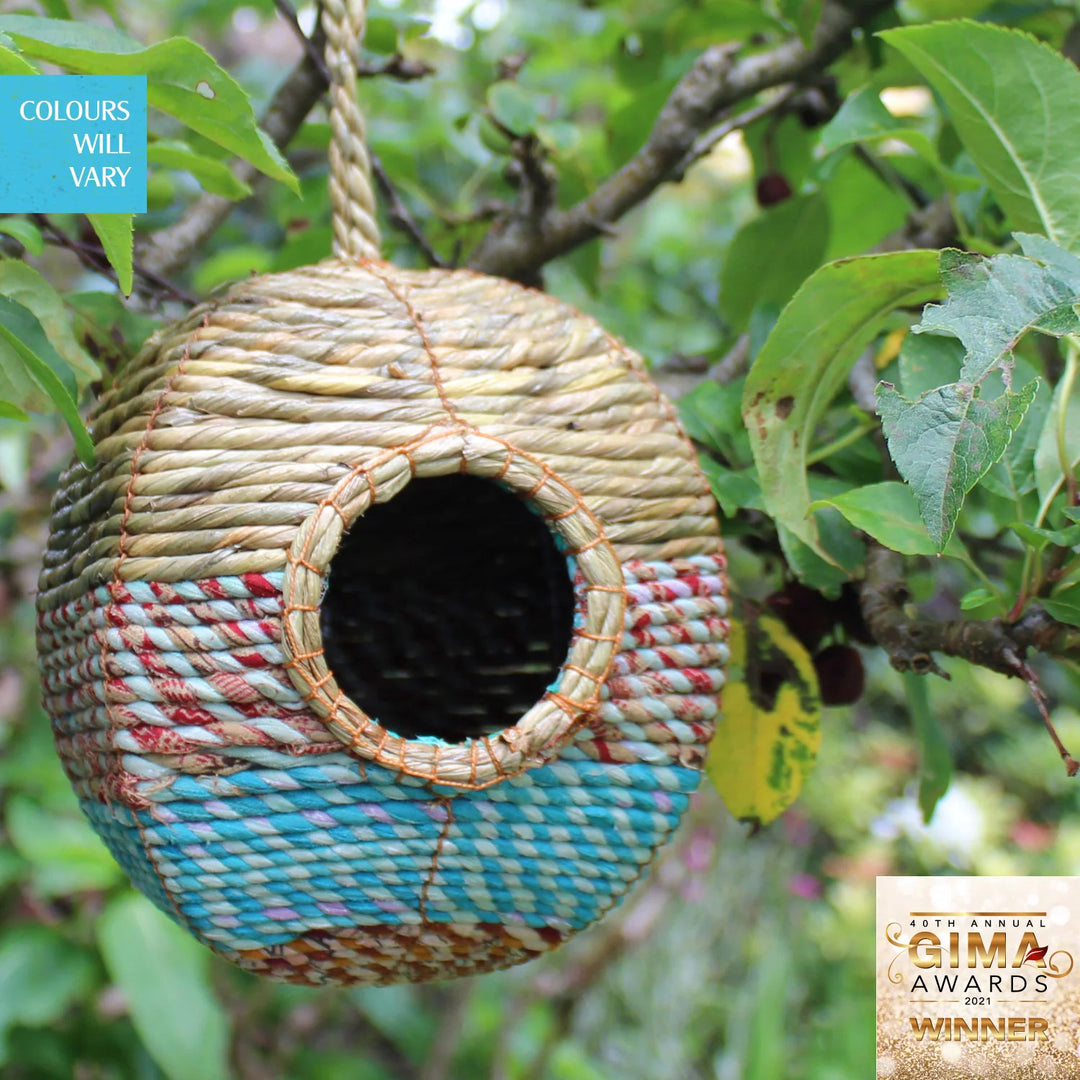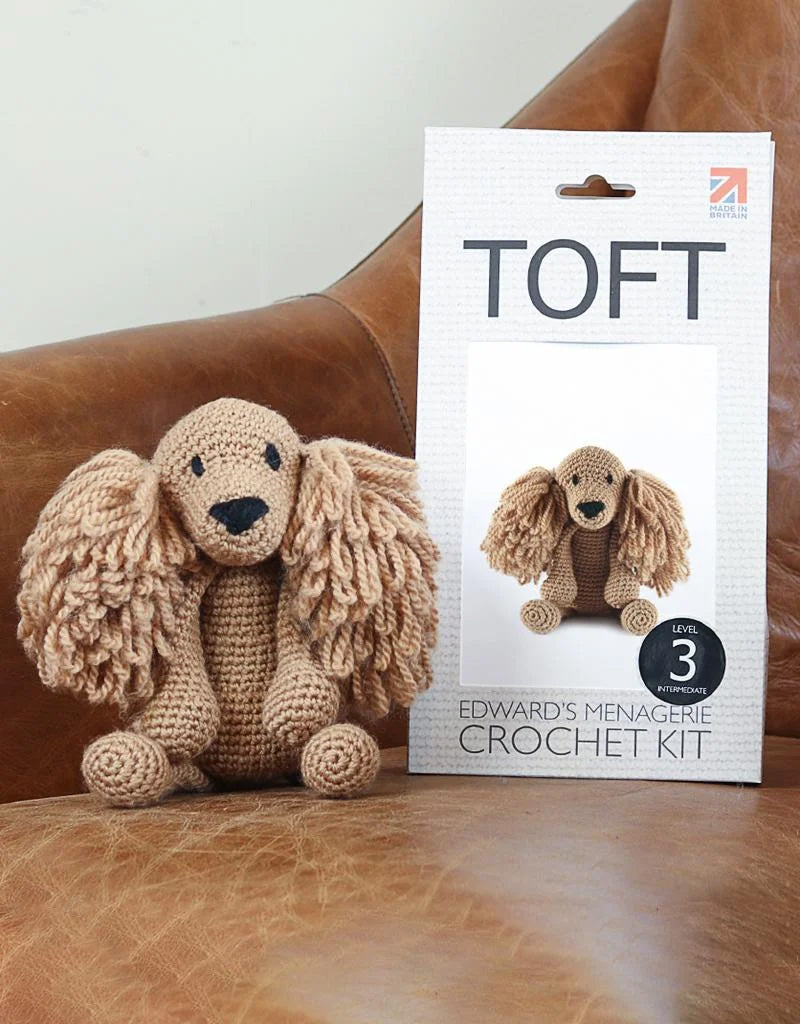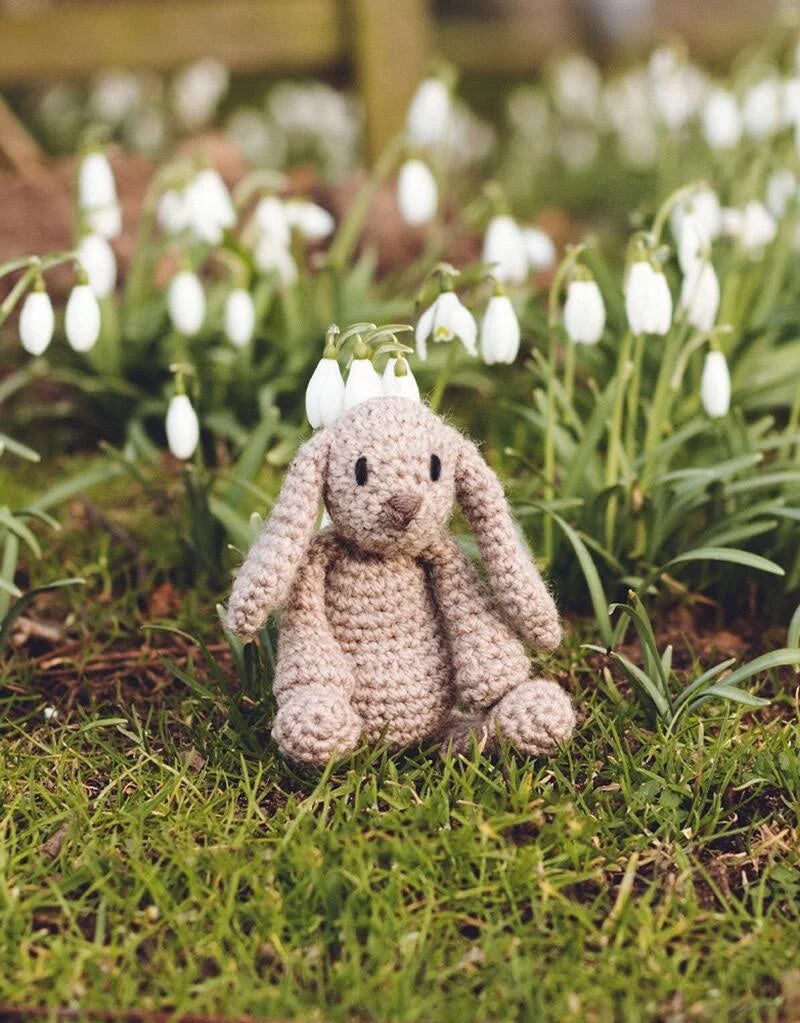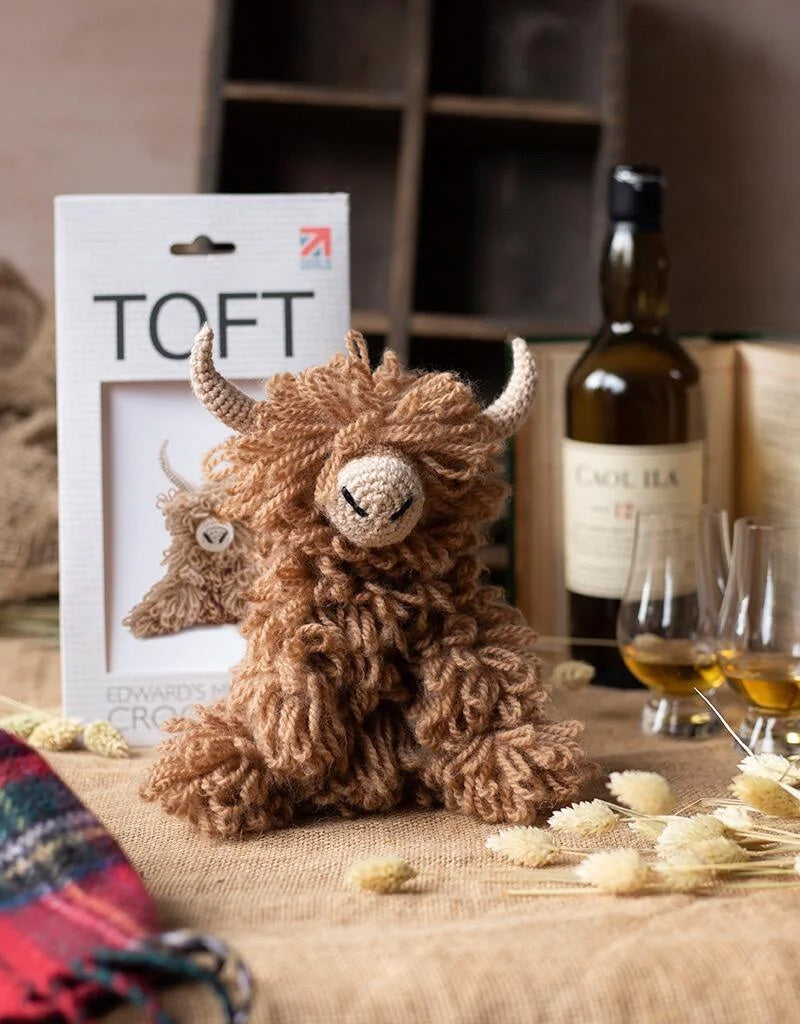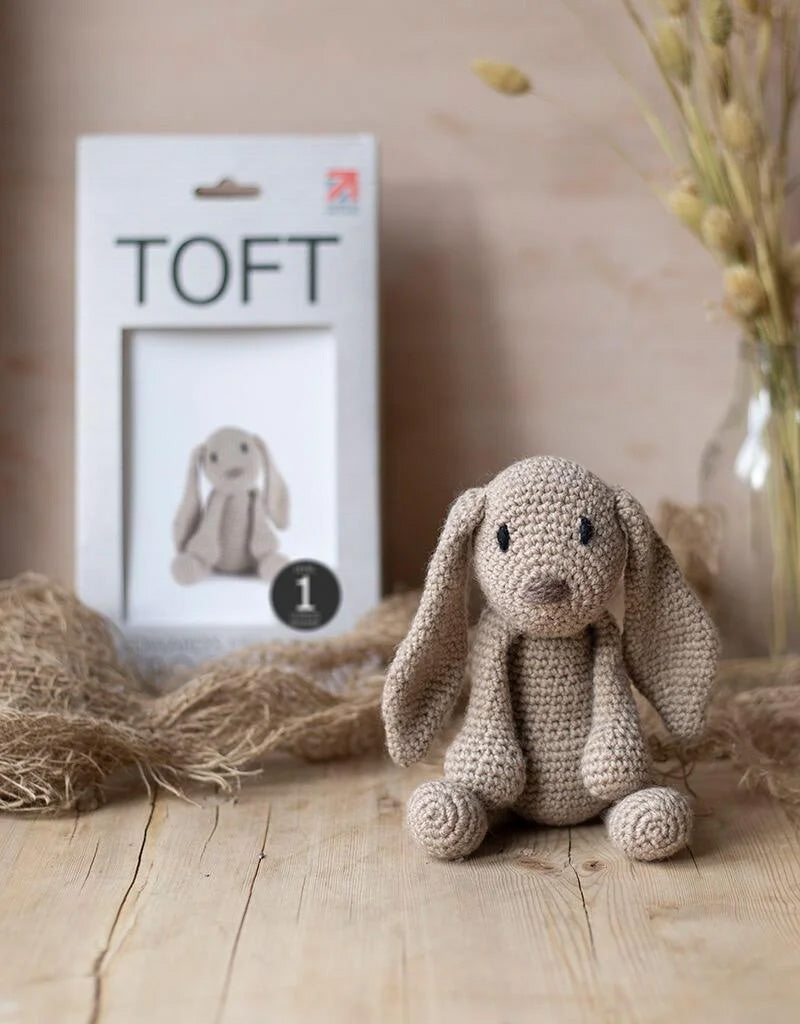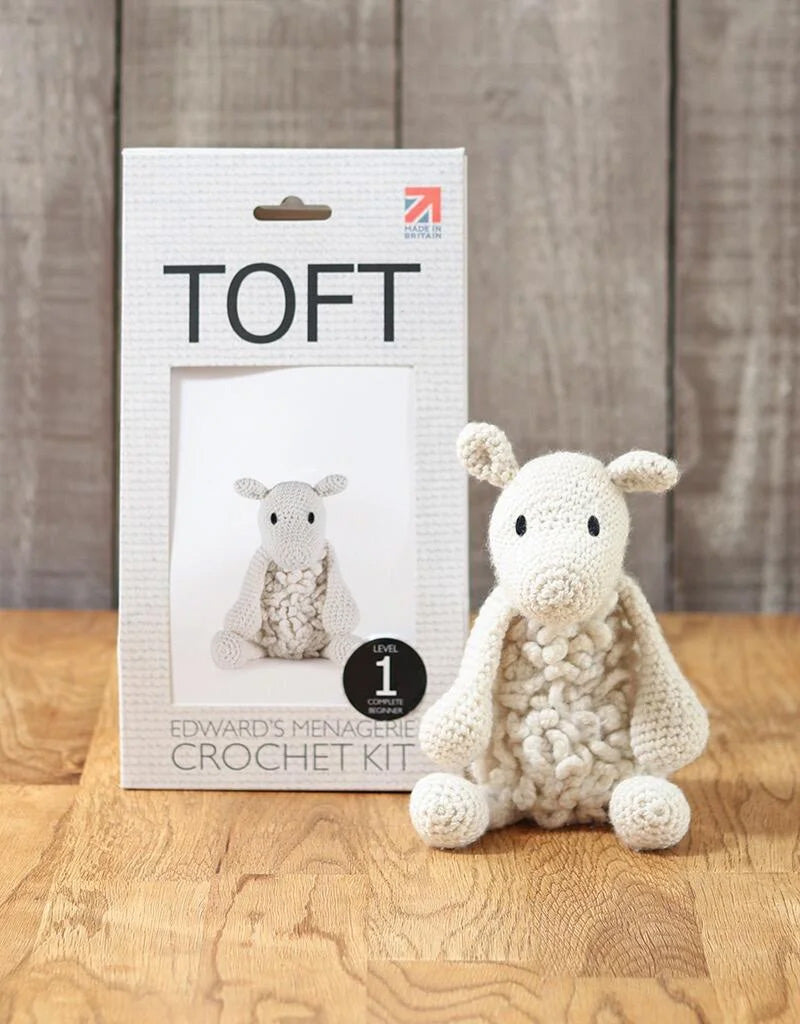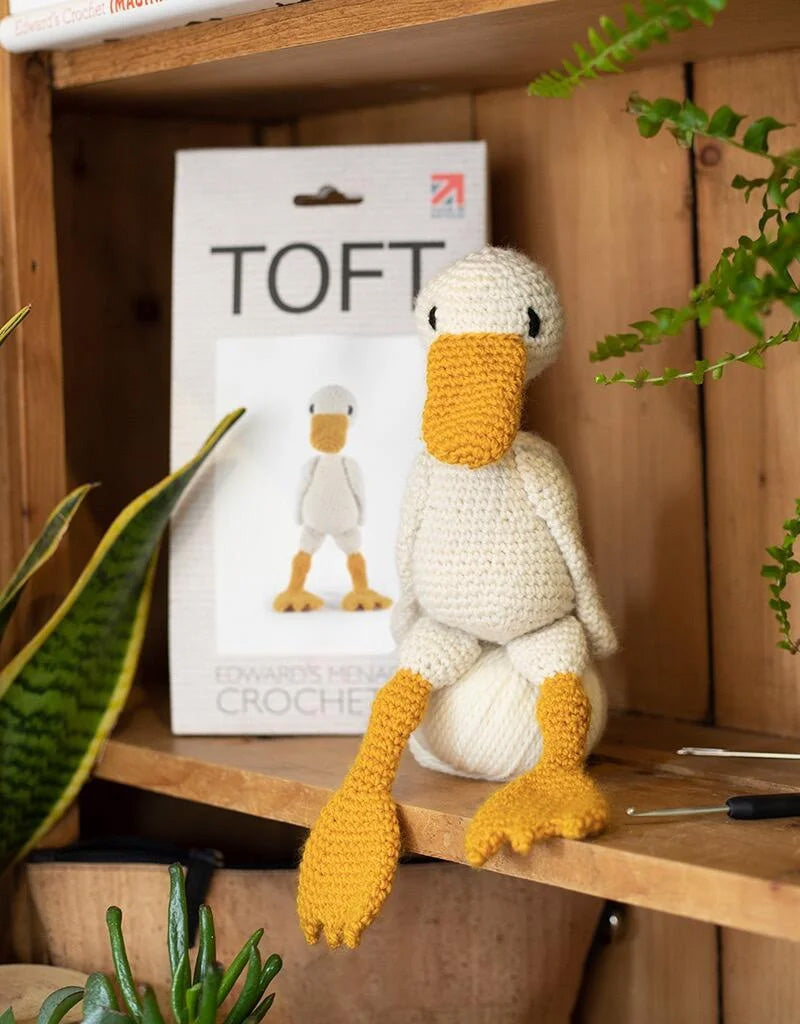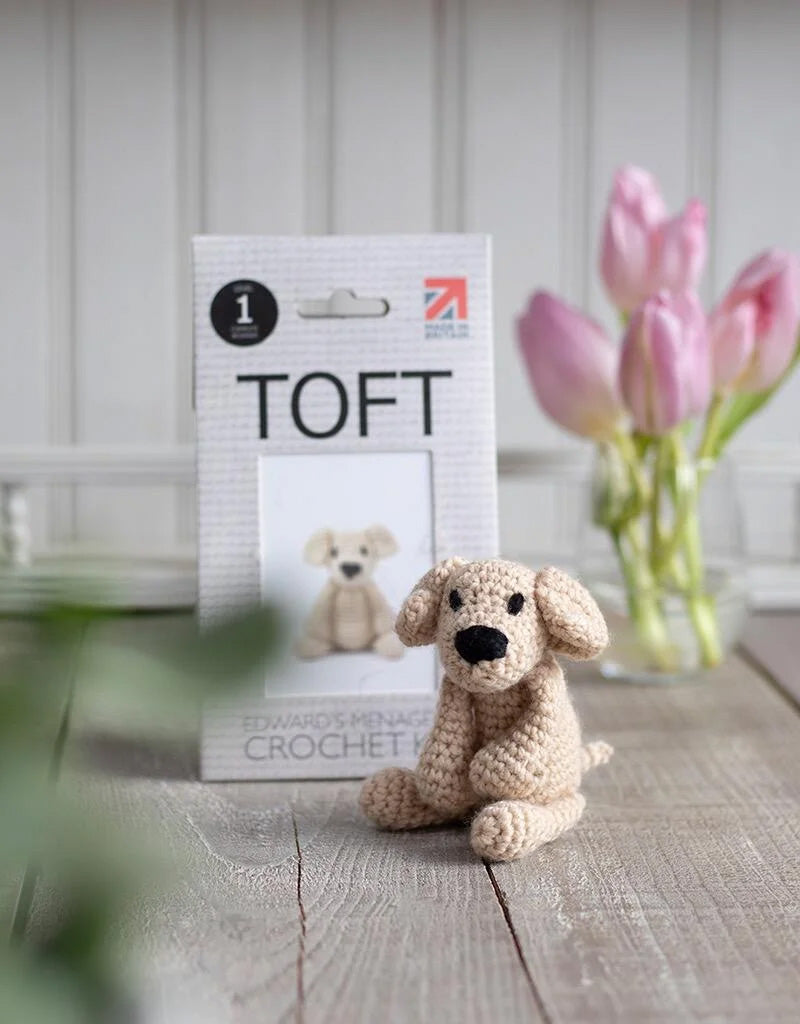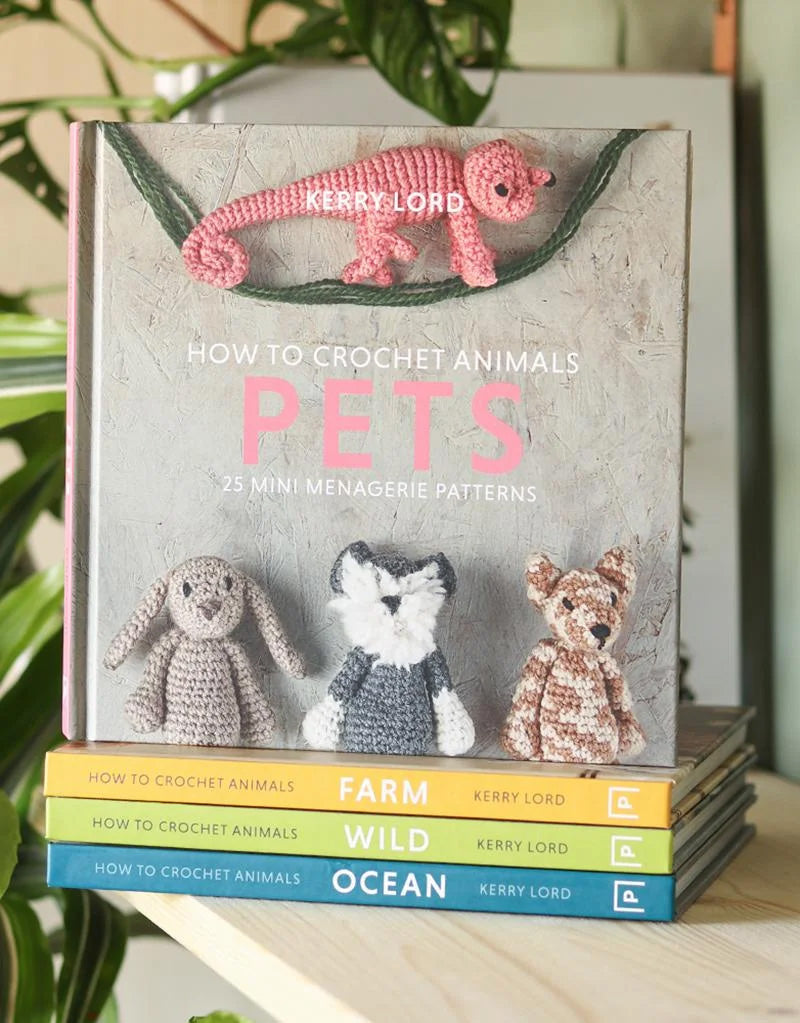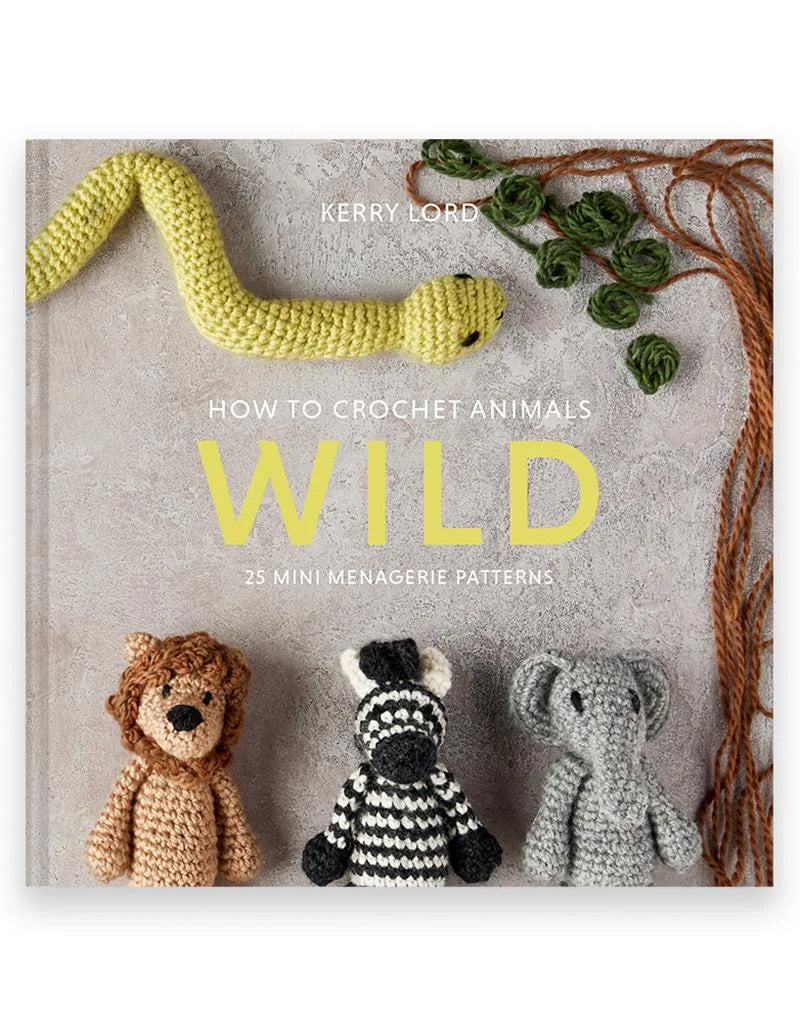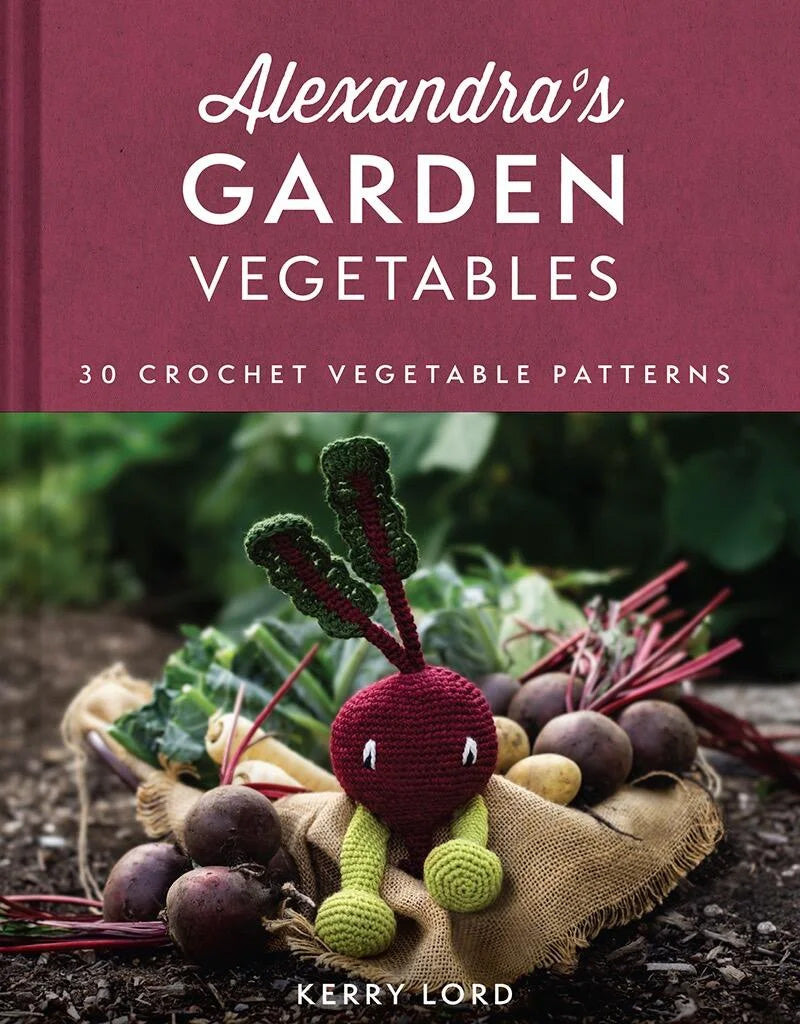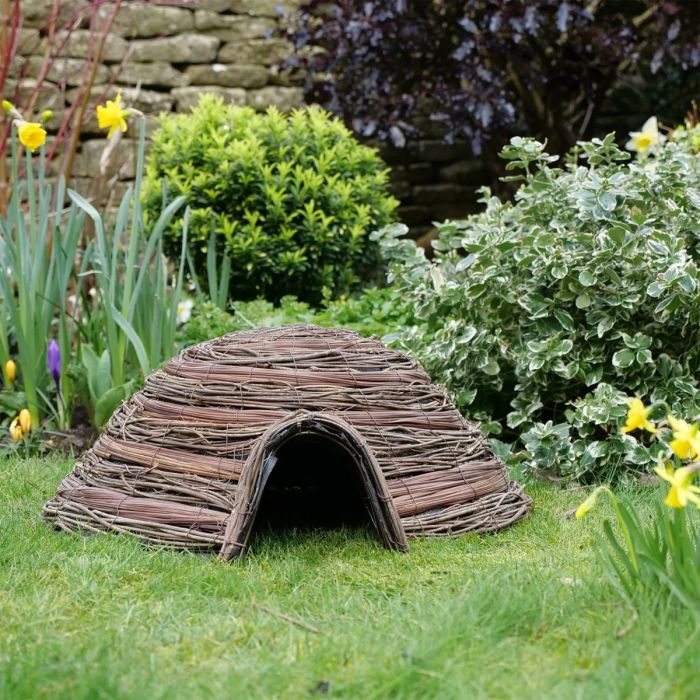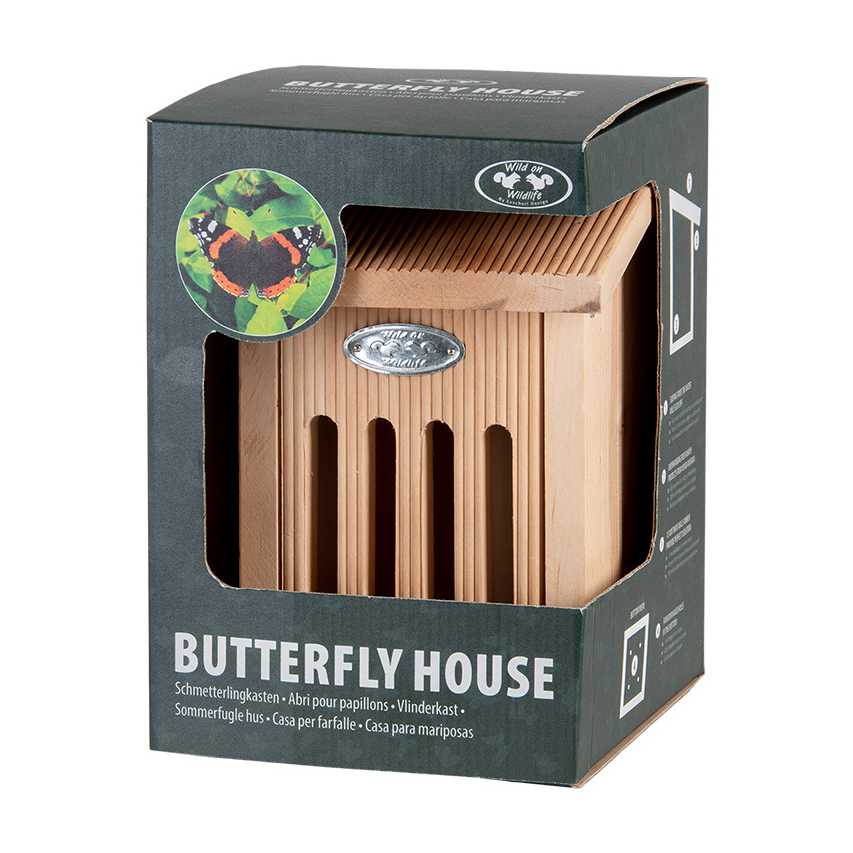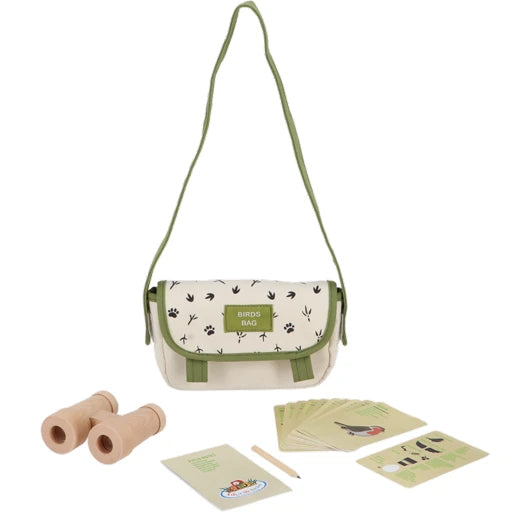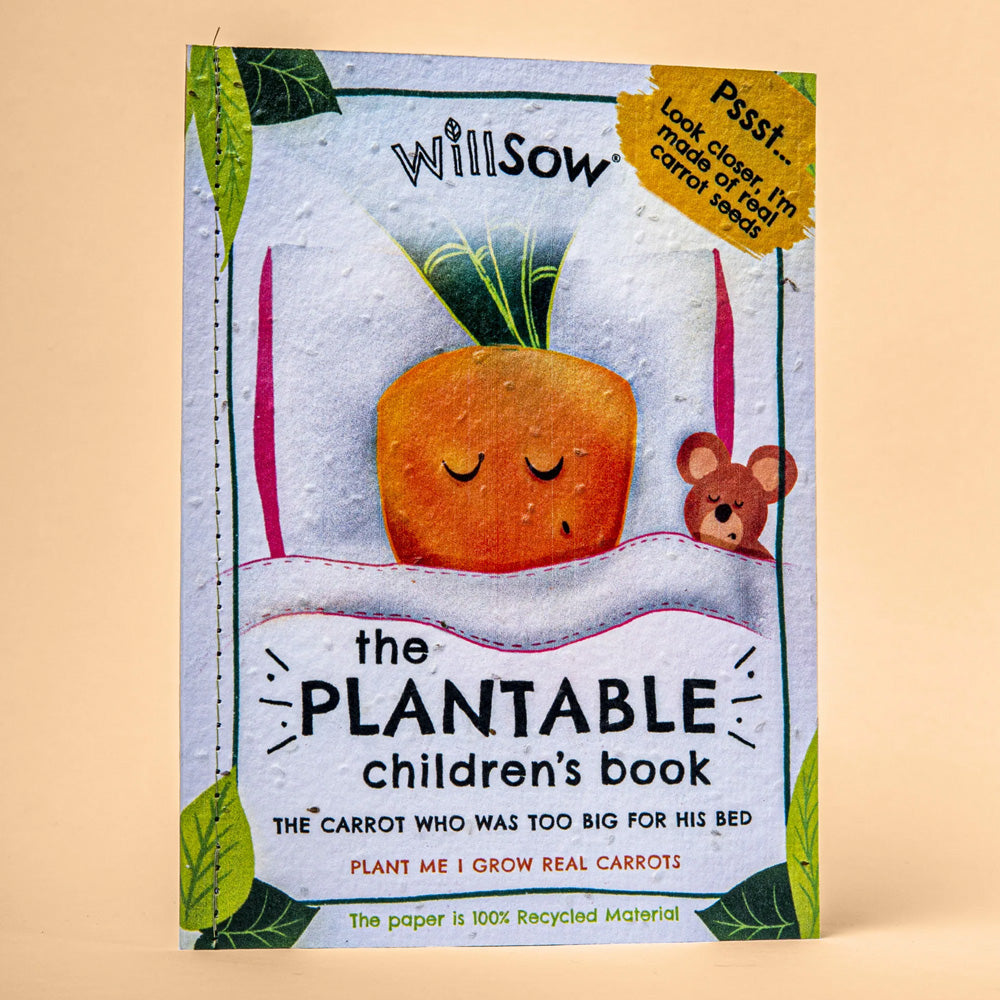Dormouse
The dormouse, known for its cute and fluffy appearance, is a small rodent that can be found in the United Kingdom. These adorable creatures are an important part of the UK’s ecosystem, but unfortunately, they are also considered endangered. In this article, we will explore the diet, habitat, and conservation efforts surrounding the dormouse in the UK.
Diet: Dormice are omnivores, which means they eat a variety of foods. Their diet consists of fruits, nuts, seeds, insects, and even bird eggs. In the wild, dormice are known to forage for food at night, using their keen sense of smell to locate their next meal. They are particularly fond of hazelnuts and blackberries, which are abundant in the UK’s woodlands.
Habitat: Dormice are primarily found in woodlands, hedgerows, and gardens throughout the UK. They prefer areas with plenty of vegetation and trees, as they rely on these habitats for food and shelter. Dormice build nests in the branches of trees or in dense shrubbery, where they can rest during the day and hibernate during the winter months.
Protected: Dormice are a protected species in the UK, meaning it is illegal to harm or disturb them in any way. Conservation efforts are in place to help protect dormouse populations and their habitats. Organizations such as the People’s Trust for Endangered Species work to monitor dormouse populations, raise awareness about their conservation status, and implement measures to ensure their survival.
Hibernate: Dormice are known for their ability to hibernate during the winter months. As the weather gets colder and food becomes scarce, dormice will enter a state of torpor, where their metabolism slows down, and they conserve energy. They will hibernate in their nests until the weather warms up again in the spring, at which point they will emerge to forage for food and breed.
Endangered: Despite being a protected species, dormice are still considered endangered in the UK. Loss of habitat due to deforestation, agriculture, and urban development has had a significant impact on dormouse populations. Additionally, changes in climate patterns and an increase in predators have further threatened their survival. Conservation efforts are crucial in ensuring the long-term survival of dormice in the UK.
Farmers: Farmers play a crucial role in dormouse conservation efforts. By implementing sustainable farming practices and preserving hedgerows and woodlands on their land, farmers can create and maintain suitable habitats for dormice. Additionally, farmers can participate in wildlife-friendly schemes that provide support for dormouse conservation and help protect their populations.
Colour: Dormice in the UK typically have a brown or grey fur coat, which helps them blend in with their woodland surroundings. Their fur is soft and dense, providing insulation during the colder months. Dormice also have large, dark eyes and long whiskers, which help them navigate their environment and locate food. Juvenile dormice may have a lighter fur colour than adults, but their fur will darken as they mature.
In conclusion, the dormouse is a fascinating and adorable creature that plays a vital role in the UK’s ecosystem. By understanding their diet, habitat, and conservation status, we can work together to protect and preserve dormouse populations for future generations to enjoy. Through education, awareness, and conservation efforts, we can ensure that these charming rodents continue to thrive in the wild for years to come.
Diet: Dormice are omnivores, which means they eat a variety of foods. Their diet consists of fruits, nuts, seeds, insects, and even bird eggs. In the wild, dormice are known to forage for food at night, using their keen sense of smell to locate their next meal. They are particularly fond of hazelnuts and blackberries, which are abundant in the UK’s woodlands.
Habitat: Dormice are primarily found in woodlands, hedgerows, and gardens throughout the UK. They prefer areas with plenty of vegetation and trees, as they rely on these habitats for food and shelter. Dormice build nests in the branches of trees or in dense shrubbery, where they can rest during the day and hibernate during the winter months.
Protected: Dormice are a protected species in the UK, meaning it is illegal to harm or disturb them in any way. Conservation efforts are in place to help protect dormouse populations and their habitats. Organizations such as the People’s Trust for Endangered Species work to monitor dormouse populations, raise awareness about their conservation status, and implement measures to ensure their survival.
Hibernate: Dormice are known for their ability to hibernate during the winter months. As the weather gets colder and food becomes scarce, dormice will enter a state of torpor, where their metabolism slows down, and they conserve energy. They will hibernate in their nests until the weather warms up again in the spring, at which point they will emerge to forage for food and breed.
Endangered: Despite being a protected species, dormice are still considered endangered in the UK. Loss of habitat due to deforestation, agriculture, and urban development has had a significant impact on dormouse populations. Additionally, changes in climate patterns and an increase in predators have further threatened their survival. Conservation efforts are crucial in ensuring the long-term survival of dormice in the UK.
Farmers: Farmers play a crucial role in dormouse conservation efforts. By implementing sustainable farming practices and preserving hedgerows and woodlands on their land, farmers can create and maintain suitable habitats for dormice. Additionally, farmers can participate in wildlife-friendly schemes that provide support for dormouse conservation and help protect their populations.
Colour: Dormice in the UK typically have a brown or grey fur coat, which helps them blend in with their woodland surroundings. Their fur is soft and dense, providing insulation during the colder months. Dormice also have large, dark eyes and long whiskers, which help them navigate their environment and locate food. Juvenile dormice may have a lighter fur colour than adults, but their fur will darken as they mature.
In conclusion, the dormouse is a fascinating and adorable creature that plays a vital role in the UK’s ecosystem. By understanding their diet, habitat, and conservation status, we can work together to protect and preserve dormouse populations for future generations to enjoy. Through education, awareness, and conservation efforts, we can ensure that these charming rodents continue to thrive in the wild for years to come.
